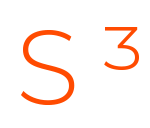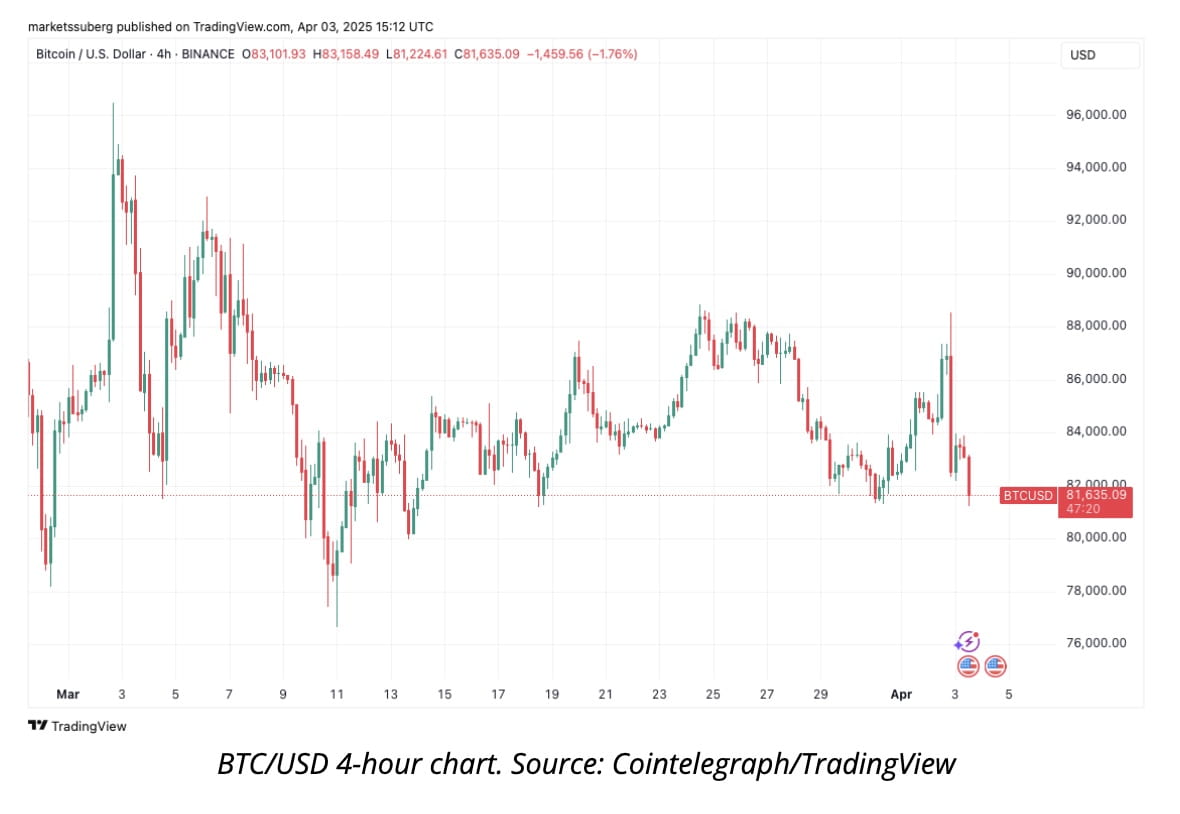Unveiling the Breakthrough of Sentient Open-Source AI
The emergence of sentient open-source AI marks a significant milestone in the realm of artificial intelligence. Unlike traditional AI systems that operate within predefined parameters, sentient AI possesses the ability to learn, adapt, and make independent decisions akin to human cognition. Accessible to developers worldwide, this technology revolutionizes how we approach complex problem-solving and data analysis.
Exploring the Impact on Industries and Society
Sentient open-source AI carries profound implications for various sectors. From enhancing customer experiences in e-commerce to streamlining healthcare diagnoses, its versatility is reshaping industries. Moreover, the democratization of AI fosters innovation and collaboration, fueling advancements that benefit society at large while also raising ethical questions about autonomy and privacy.
Anticipating the Evolution of Sentient AI in Entertainment
Looking ahead, sentient open-source AI is poised to redefine the entertainment industry. Enhanced personalization in content curation, predictive analytics for audience engagement, and immersive virtual experiences are among the transformative applications. As these technologies evolve, entertainment creators must navigate the ethical considerations and exciting possibilities this advanced AI presents.
How Sentient AI Outshines GPT-4o and Perplexity in Efficiency
Sentient AI, a cutting-edge advancement in artificial intelligence, surpasses GPT-4o and traditional metrics like Perplexity in terms of efficiency, effectiveness, and adaptability. Unlike pre-programmed models like GPT-4o, which rely on vast amounts of labeled data, Sentient AI possesses cognitive abilities akin to human cognition.
This self-learning ability empowers Sentient AI to continuously improve and adapt to dynamic environments without the need for extensive retraining. In contrast, GPT-4o operates within the confines of predefined algorithms and rules, limiting its capacity to evolve beyond its initial programming.
Furthermore, Sentient AI’s efficiency lies in its capacity for contextual understanding, inference, and reasoning, attributes that elevate its performance compared to the static nature of GPT-4o. By assimilating and interpreting unstructured data in real-time, Sentient AI can provide more accurate and contextually relevant responses.
Perplexity, a metric used to evaluate the predictive power of language models, often falls short in capturing the nuanced complexities of language understanding that Sentient AI effortlessly navigates. Sentient AI’s ability to comprehend and generate human-like responses goes beyond simplistic measures like Perplexity, setting a new benchmark for AI capabilities.
In conclusion, the superiority of Sentient AI over GPT-4o and traditional metrics like Perplexity stems from its cognitive adaptability, contextual comprehension, and real-time learning capabilities, marking a transformative shift in the landscape of artificial intelligence.
The Implications of Open-Source AI for Future Technology
Exploring the potential impact of open-source AI on future technology reveals a shift in how innovation can evolve. One common misconception is that open-source AI lacks quality compared to proprietary models. However, industry professionals often overlook the collaborative power and accelerated development open-source AI fosters. Did you know that open-source AI initiatives have led to groundbreaking advancements in various fields, democratizing access to cutting-edge technology?
Expert Insights (Q&A)
Q: What are the most significant misconceptions about Comparing Sentient AI to Leading Competitors: A Performance Analysis?
A: The major misconception is assuming that Sentient AI will outperform all leading competitors in every aspect. In reality, each AI solution has its strengths and weaknesses, making a fair comparison essential to understand the nuanced differences in performance.
Q: Why does Comparing Sentient AI to Leading Competitors: A Performance Analysis matter more than most people realize?
A: This comparison is crucial as it sheds light on the varying capabilities of AI systems, enabling companies to make informed decisions based on performance metrics rather than popular trends. Understanding these nuances can lead to better deployment strategies and enhanced outcomes.
Q: How is Comparing Sentient AI to Leading Competitors: A Performance Analysis likely to evolve in the coming years?
A: As AI technologies advance, we can expect more sophisticated performance evaluation metrics and tools to emerge, providing deeper insights into AI systems’ comparative performance. Additionally, with enhanced transparency and standardization, the evaluation process is likely to become more objective and comprehensive, facilitating better decision-making for businesses integrating AI solutions.

















Leave a Reply